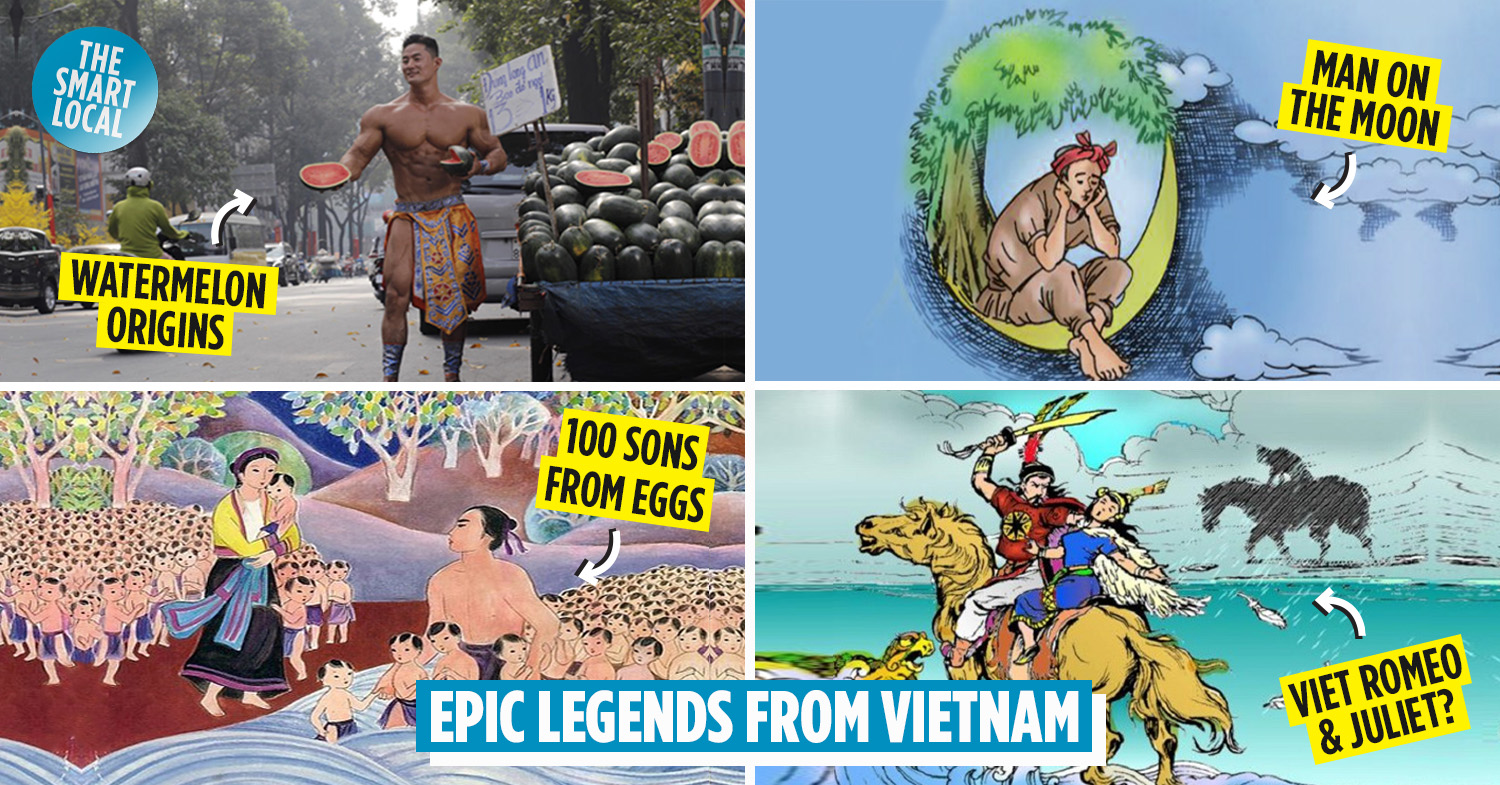Vietnamese legends we are taught as kids
Just like people from any other country, we Vietnamese have legends and myths that are an integral part of our culture. Passed down from generation to generation, they are used to explain common natural phenomena to kids, teach them life lessons, and offer them a glimpse into our history and traditional values.
So if you wish to gain some insight into the Vietnamese culture, here are 8 epic Vietnamese legends that all of us are taught at a young age.
Table of Contents
- Vietnamese legends we are taught as kids
- 1. The legend of Lạc Long Quân and Âu Cơ – the ancestors of all Viet people
- 2. The legend of Sơn Tinh Thủy Tinh – the struggle against natural disasters
- 3. The legend of Mai An Tiêm – thought to bring watermelons to Vietnam
- 4. The legend of Lang Liêu – the origins of Vietnam’s traditional bánh chưng
- 5. The legend of Thánh Gióng – who protected Vietnam against foreign invaders
- 6. The legend of An Dương Vương – linked to a tragic love story
- 7. The legend of Lê Lợi and the sacred sword – associated with Hanoi’s iconic Hoàn Kiếm Lake
- 8. The legend of Cuội – a major figure of the Mid-Autumn Festival
- Legends all Vietnamese people learn at a young age
1. The legend of Lạc Long Quân and Âu Cơ – the ancestors of all Viet people
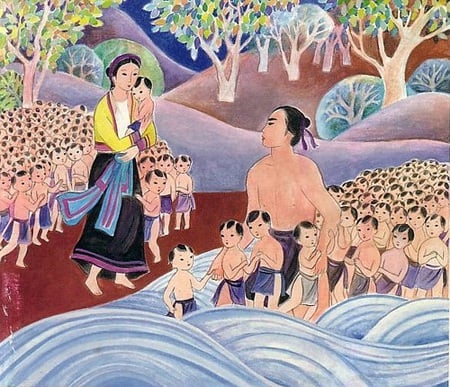
Image credit: Dân Trí
A legend that all Vietnamese kids are taught in school at a young age is the legend of Lạc Long Quân and Âu Cơ. Supposedly, it is the origins of the Viet people.
As the stories put it, Lạc Long Quân was the son of a tribe leader and a dragon princess, who possessed strong physical attributes and magical powers associated with the sea. It was him who protected the lands against foreign threats and taught the people to cultivate rice and build stable houses, drastically improving their livelihoods.
Later on, he took Âu Cơ – who was believed to be a descendant of mountain fairies – as his wife. Soon, the couple gave birth to a pouch of 100 eggs, which hatched into 100 strong sons. For a time, the family enjoyed a period of peace and prosperity.
As the years passed, however, Lạc Long Quân started to long for the sea, knowing that it was where he truly belonged. As such, he told his wife that they should split up. Thus, Lạc Long Quân and Âu Cơ’s children scattered all over the land and became the ancestors of the Viet people today.
It is also said that their eldest son went on to become the first of the Hùng Kings, who ruled over the first dynasty of Vietnam.
Today, the legend of Lạc Long Quân and Âu Cơ is widely used to teach kids that all Vietnamese people are one big family, promoting social unity in the country.
2. The legend of Sơn Tinh Thủy Tinh – the struggle against natural disasters
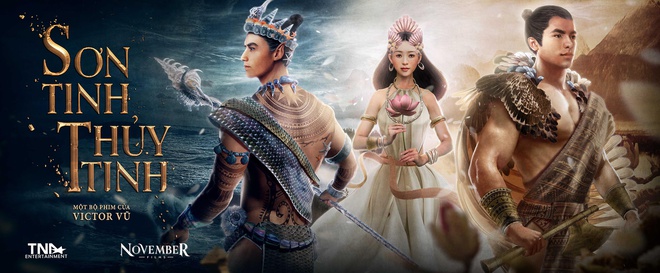
The poster of a movie adaptation of the Sơn Tinh – Thủy Tinh legend
Image credit: Zing News
Another popular Vietnamese legend is that of Sơn Tinh and Thủy Tinh. From what it said, the 18th Hùng King once held a contest to find a strong man worthy of his daughter’s hand in marriage.
Two extraordinary figures stood out: Sơn Tinh – a mountain god with the power to move vast mountain ranges at whim, and Thủy Tinh – a water god who had complete control over the storms and the sea.
Ultimately, it was Sơn Tinh who pulled ahead by a close call. But Thủy Tinh refused to accept defeat. He called upon storms and raised the sea levels to attack Sơn Tinh. In his wake, he left behind destroyed lands, crops, and houses.
To protect the people, Sơn Tinh raised mountains from the ground to block off the waves, which continued to grow as the water rose. The battle raged on for days until Thủy Tinh got tired, and had to retreat. Still, he’d come back every year, only to be repelled time and time again.
The legend is thought to stem from the fact that many parts of Vietnam suffer from annual floods and storms. It also represents the resilience of Vietnamese people in the face of natural disasters.
3. The legend of Mai An Tiêm – thought to bring watermelons to Vietnam
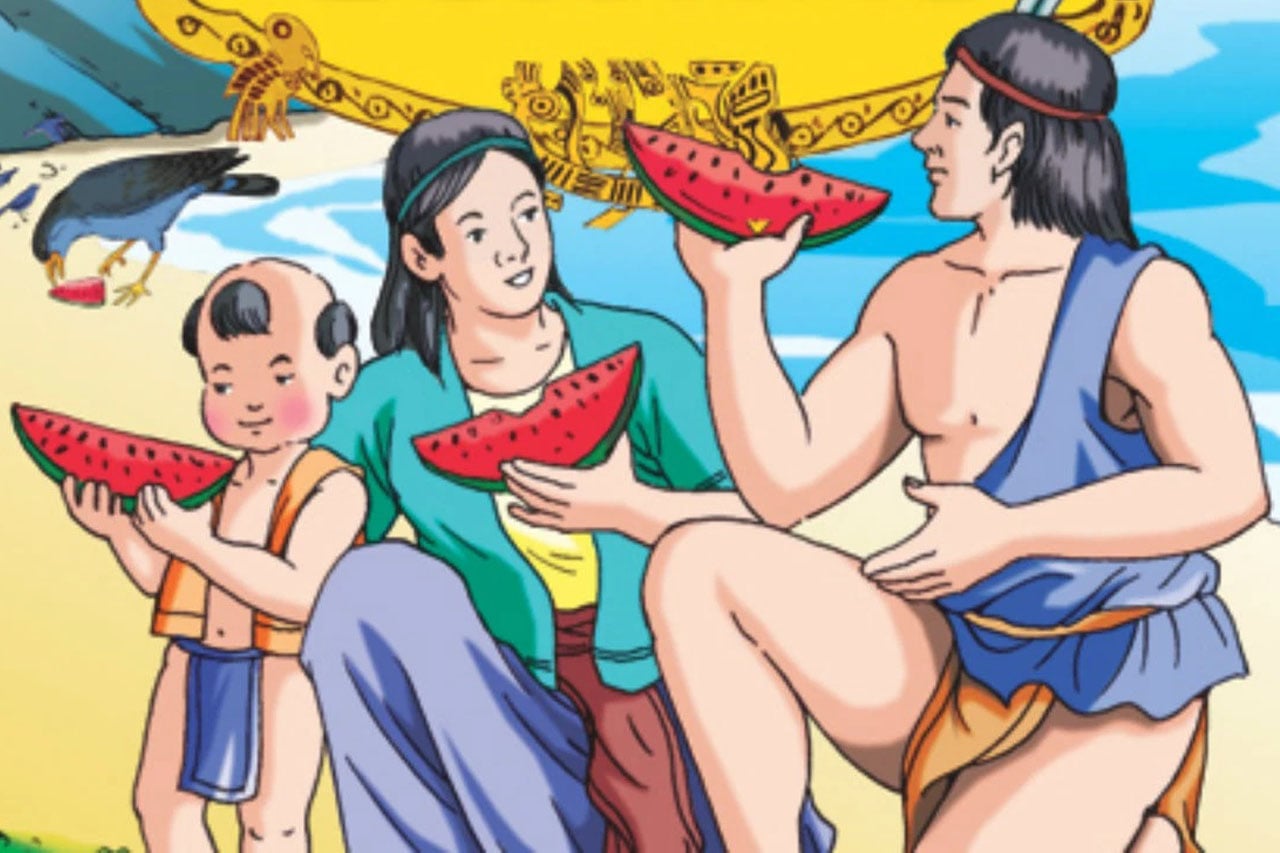
Image credit: cungdocsach.vn
Watermelons are a common fruit in Vietnam nowadays. It is believed that the fruit was brought to us by Mai An Tiêm, an adopted son of the 17th Hùng King.
As legend has it, Mai An Tiêm was a strong man regarded highly by the king, who bestowed many gifts upon him. Mai An Tiêm never touched any of them, however, telling others that only what he worked to earn, was truly his.
Some jealous people twisted his words and reported to the king, who thought Mai An Tiêm had grown arrogant and disrespectful. As such, he and his family were exiled to a deserted island.
There, despite all the hardship, Mai An Tiêm began to rebuild his life anew. One day, he found strange seeds dropped by birds on the beach and tried cultivating them. The seeds grew into juicy, nutritious fruits that we now call watermelons.
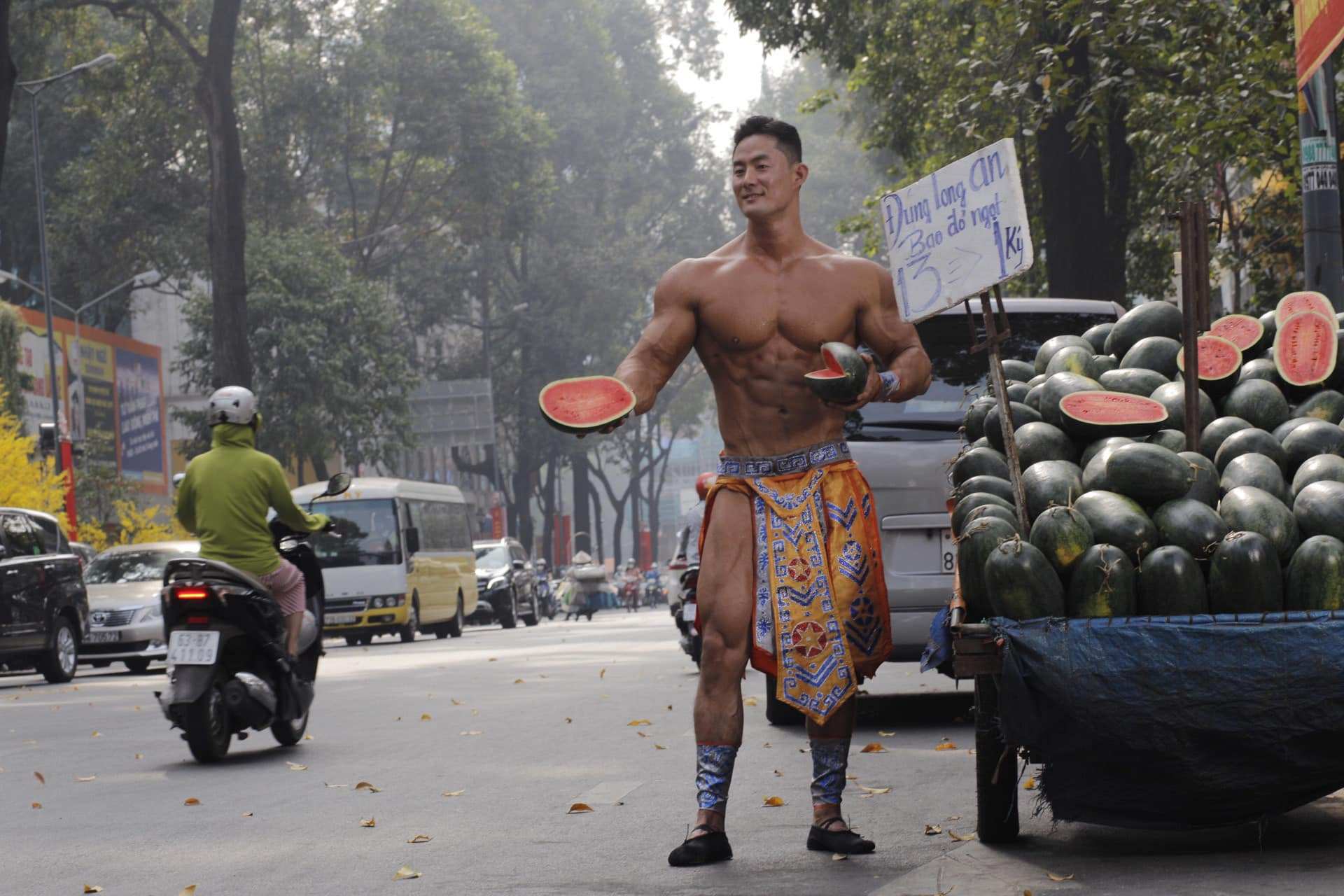
Inspired by the story, a Korean gym buff cosplayed as Mai An Tiêm to sell watermelons in Saigon in February 2021
Image credit: Lee Won
Mai An Tiêm traded the fruits with ships passing by for other supplies, and soon, his life again began to prosper. In time, words reached the king, who was impressed by his adopted son’s strong will and summoned him back to the court.
The story is meant to teach us to remain strong against unfavorable events. In February 2021, it became the inspiration for a Korean gymmer to dress up in a traditional Vietnamese loincloth and sell watermelons on the streets of Saigon, delighting passers-by and netizens alike.
4. The legend of Lang Liêu – the origins of Vietnam’s traditional bánh chưng
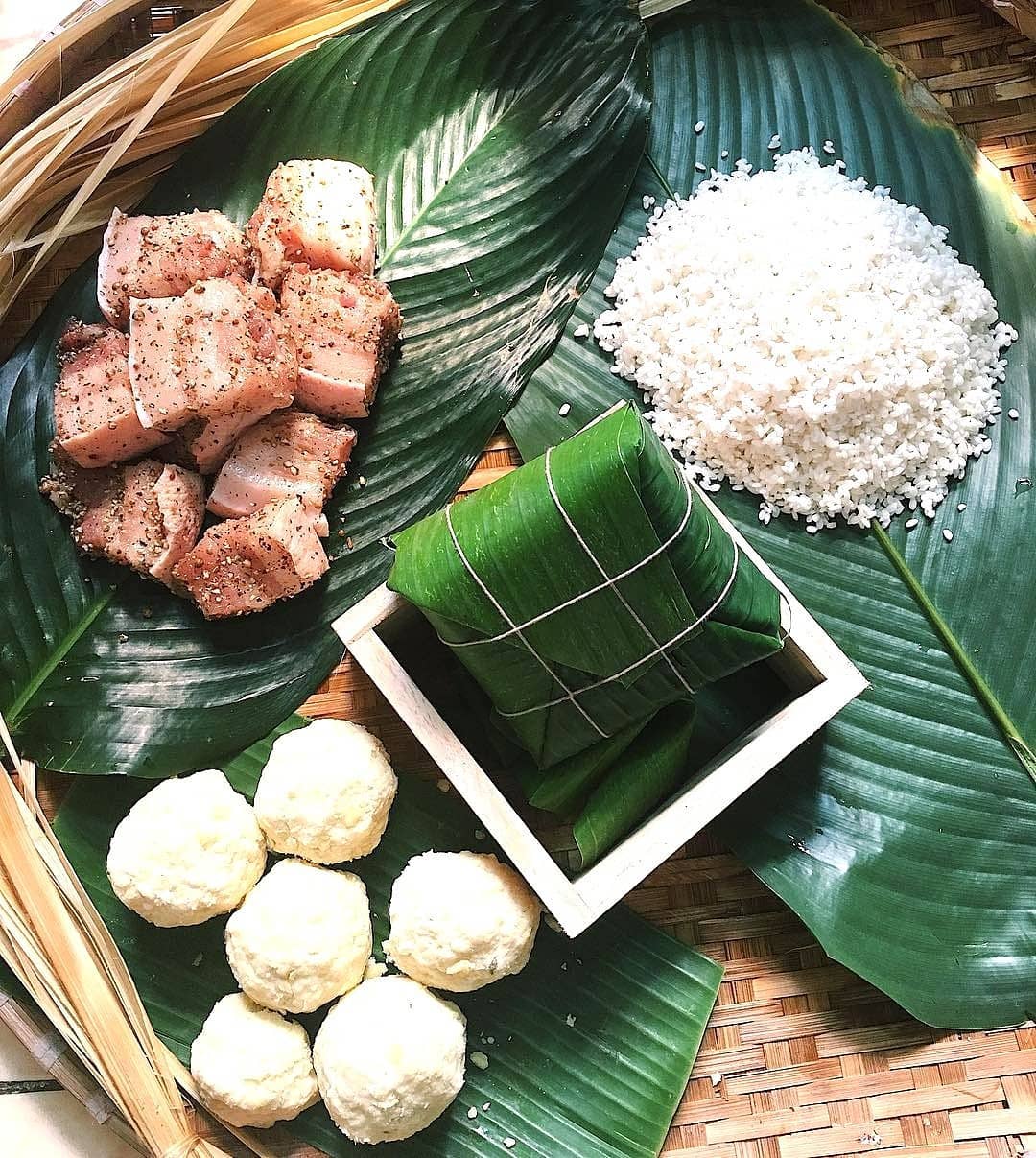
Bánh chưng, a traditional Vietnamese cake
Image credit: @banhbao_bingo
Bánh chưng is a traditional Vietnamese cake that’s well-known to our international friends. While nobody really knows how it came to be, we are told it was invented by Lang Liêu, son of the 6th Hùng King.
As the 6th Hùng King approached the end of his life, he gathered all his sons and told them that whoever could come up with an offering to please their ancestors would be named his successor.
While his brothers sought exotic food to bring to their father’s table, Lang Liêu, who was humble and led a simple life, thought of using simple ingredients from the rice fields for two new dishes.
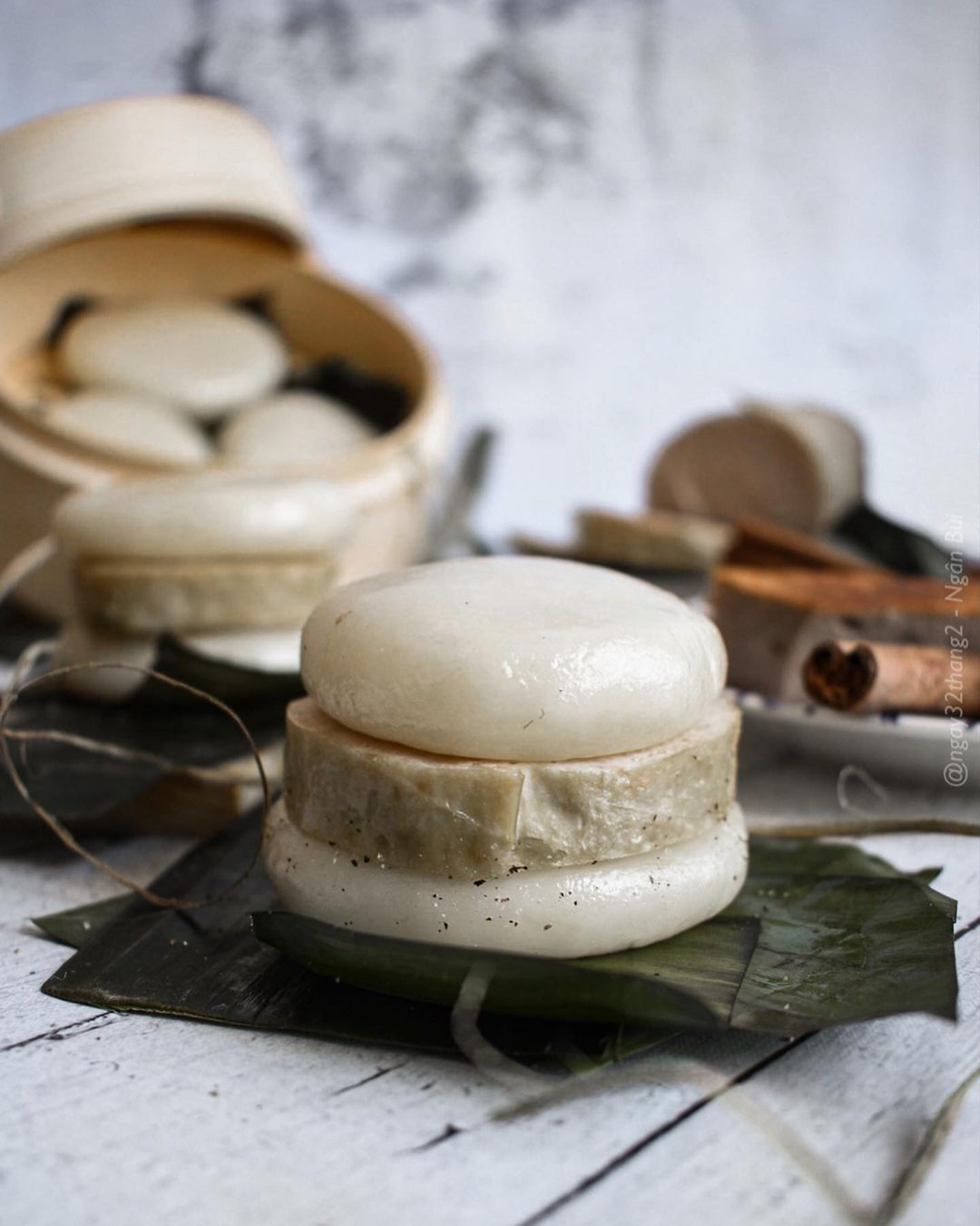
Bánh giầy, a cousin of bánh chưng that’s supposed to represent the sky
Image credit: @ngay32thang2
One of these, bánh giầy, was made by pounding white rice into a round shape to represent the sky. The other, bánh chưng, was square and green, with fillings of mung beans and pork to represent the earth and all the plants and animals living in it. The offerings impressed the king for their meaningful story, and thus Lang Liêu earned the crown.
Today, bánh chưng remains a must-have dish that all Vietnamese families offer at their ancestors’ altars during the Lunar New Year. Meanwhile, bánh giầy is a comfort food that can be easily found at street stalls.
5. The legend of Thánh Gióng – who protected Vietnam against foreign invaders
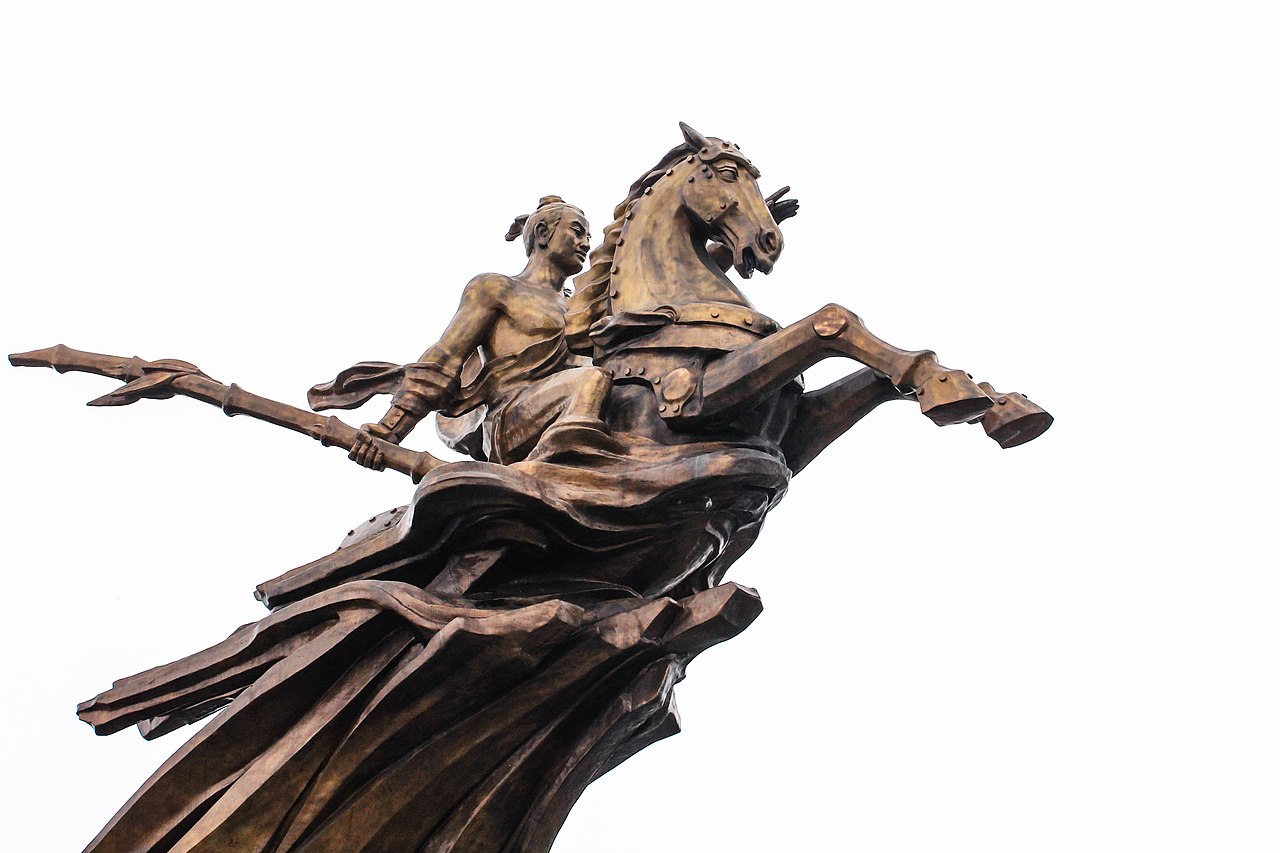
A statue of Thánh Gióng
Image credit: Nguyen Trung Phuong/Wikimedia Commons
Legends associated with the Hùng Kings’ dynasties are often about surviving against natural disasters and tough living conditions. But Thánh Gióng is a story regarding the protection of our borders from foreign invaders.
Our protagonist Gióng was a child born to a poor woman. When he was 3, the Hùng Dynasty was threatened by the Chinese Yin Dynasty (1766BC-1122BC). Upon hearing the news, the boy consumed all the food in his village and, in a matter of moments, grew into a giant of a man.
Proclaiming himself a warrior from heaven, Gióng asked the king for a giant metal horse, armor, and weapons. With them, he single-handedly wiped out the enemy armies, uprooting bamboo clusters in his way to use against the enemy after his spear broke in battle.
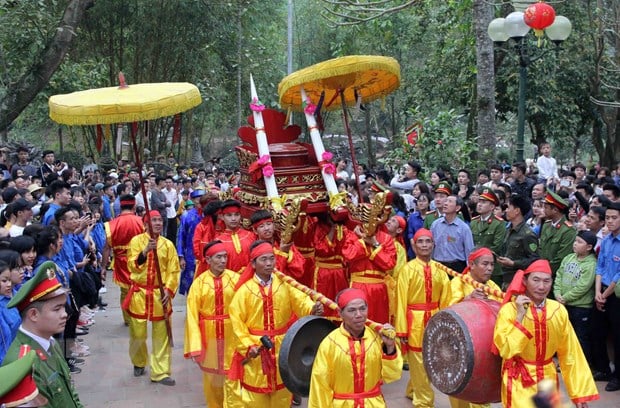
The Gióng Festival held in the name of Thánh Gióng
Image credit: Kinh Tế & Đô Thị
With his task completed, Gióng rode his horse up the Sóc Sơn Mountain, now part of a district north of Hanoi, and returned to heaven. From then on, the legendary hero was hailed as Thánh Gióng, meaning Saint Gióng, and remembered as a symbol of the strength of youth.
While this is of course only a legend, Saint Gióng remains a well-known mythical figure of Vietnam. To this day, there are still temples dedicated to his worship and festivals held in his name in Sóc Sơn District, Hanoi.
6. The legend of An Dương Vương – linked to a tragic love story
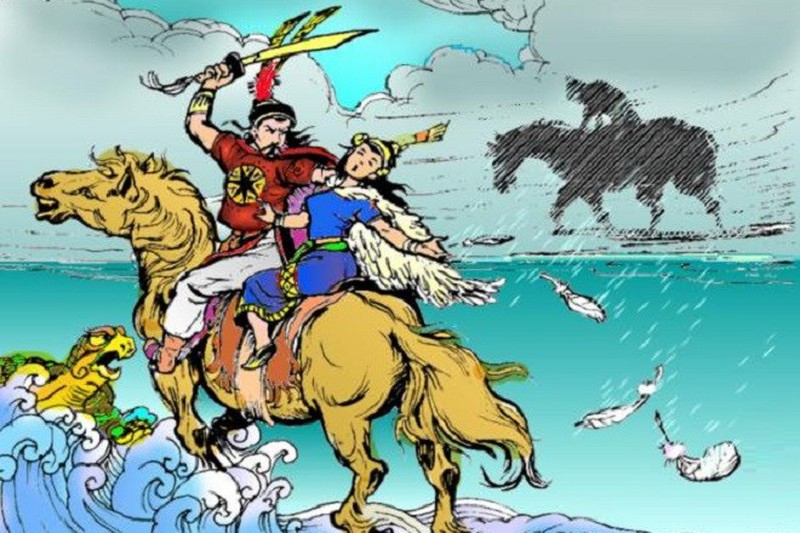
Image credit: Pháp Luật Online
Yet another story about fending off invaders, but one that ends in tragedy is the legend of An Dương Vương.
In the chaos following the fall of the Hùng Dynasty, An Dương Vương rose to power thanks to a magical crossbow that made his army unstoppable. He established the second recorded dynasty of Vietnam.
A rival warlord named Triệu Đà, knowing he couldn’t win by force, proposed a marriage between his son Trọng Thủy and An Dương Vương’s daughter Mỵ Châu. After a few years, however, Trọng Thủy earned Mỵ Châu’s trust and convinced her to steal the magical crossbow for him.
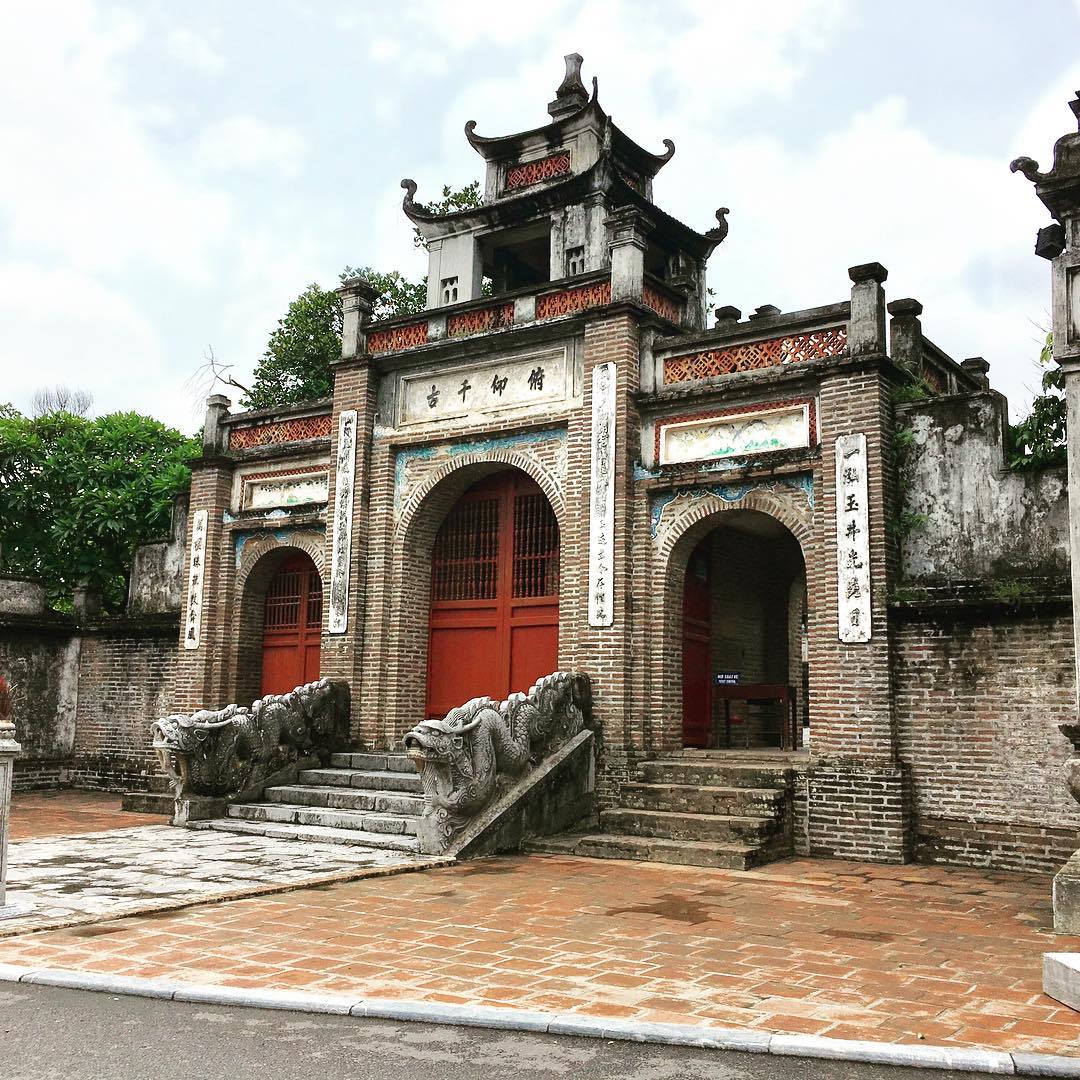
A historical site now preserves the remnants of An Dương Vương’s Citadel in Đông Anh District, Hanoi
Image credit: @jeremy.ng_
Trọng Thủy immediately brought the weapon back to his father, who launched a surprise attack and demolished An Dương Vương’s troops.
Defeated, An Dương Vương retreated with his daughter to the sea and summoned a turtle god – his old friend who’d helped him create the magical crossbow – for help. The god revealed to An Dương Vương that it was his own daughter who stole his magical crossbow.
In his anger, the king executed her on the spot. He then departed into the sea, never to be seen again. As for the princess, it was said that her blood flowed into the sea and formed pearls.
Trọng Thủy was so overwhelmed by grief for his beloved wife that he committed suicide by jumping into a well. Rumors have it that if one were to wash pearls in the water of that well, they’ll glisten particularly brightly.
7. The legend of Lê Lợi and the sacred sword – associated with Hanoi’s iconic Hoàn Kiếm Lake
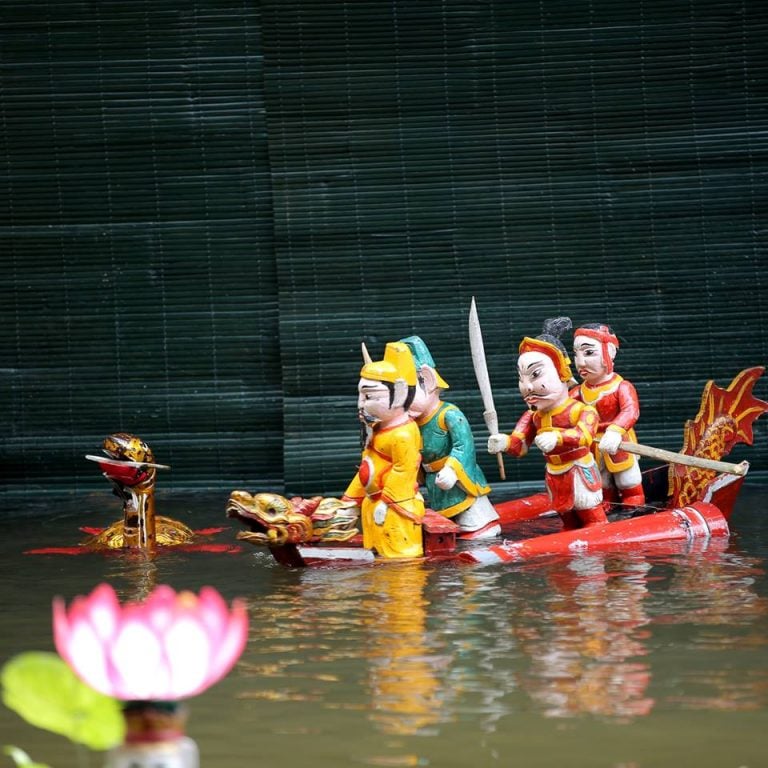
A water puppet performance showing Lê Lợi returning his divine sword
Image credit: Long Link Water Puppet
The Hoàn Kiếm Lake is arguably the most iconic landmark of modern-day Hanoi. According to a local legend, it got its name from a mythical event.
As the story goes, when the Chinese Ming Dynasty attempted to establish their rule in Vietnam in the 15th century, a local warlord named Lê Lợi stood against them to protect his homeland.
However, Lê Lợi’s rebellion was full of hardships for several years. It wasn’t until he chanced upon a sacred sword following a defeat that his campaign began to flourish.
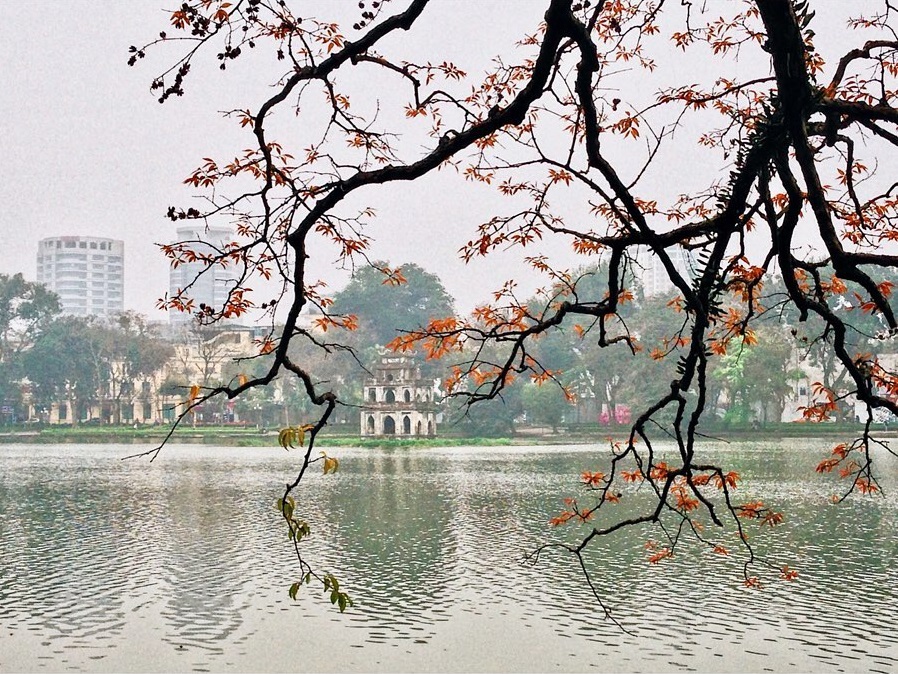
Hoàn Kiếm Lake, now the symbol of Hanoi
Image credit: @7.8.1996
Thanks to the sword, Lê Lợi began earning one victory after another. Eventually, he drove the Chinese out of Vietnam and ascended the throne as Emperor Lê Thái Tổ.
Years later, the Emperor met a turtle as he went out boating on a lake. It asked him to return the sword to its master, the Dragon King. The Emperor respectfully complied. From that day on, the lake that witnessed the event became known as Hoàn Kiếm Lake, meaning “The Lake of the Returning Sword”.
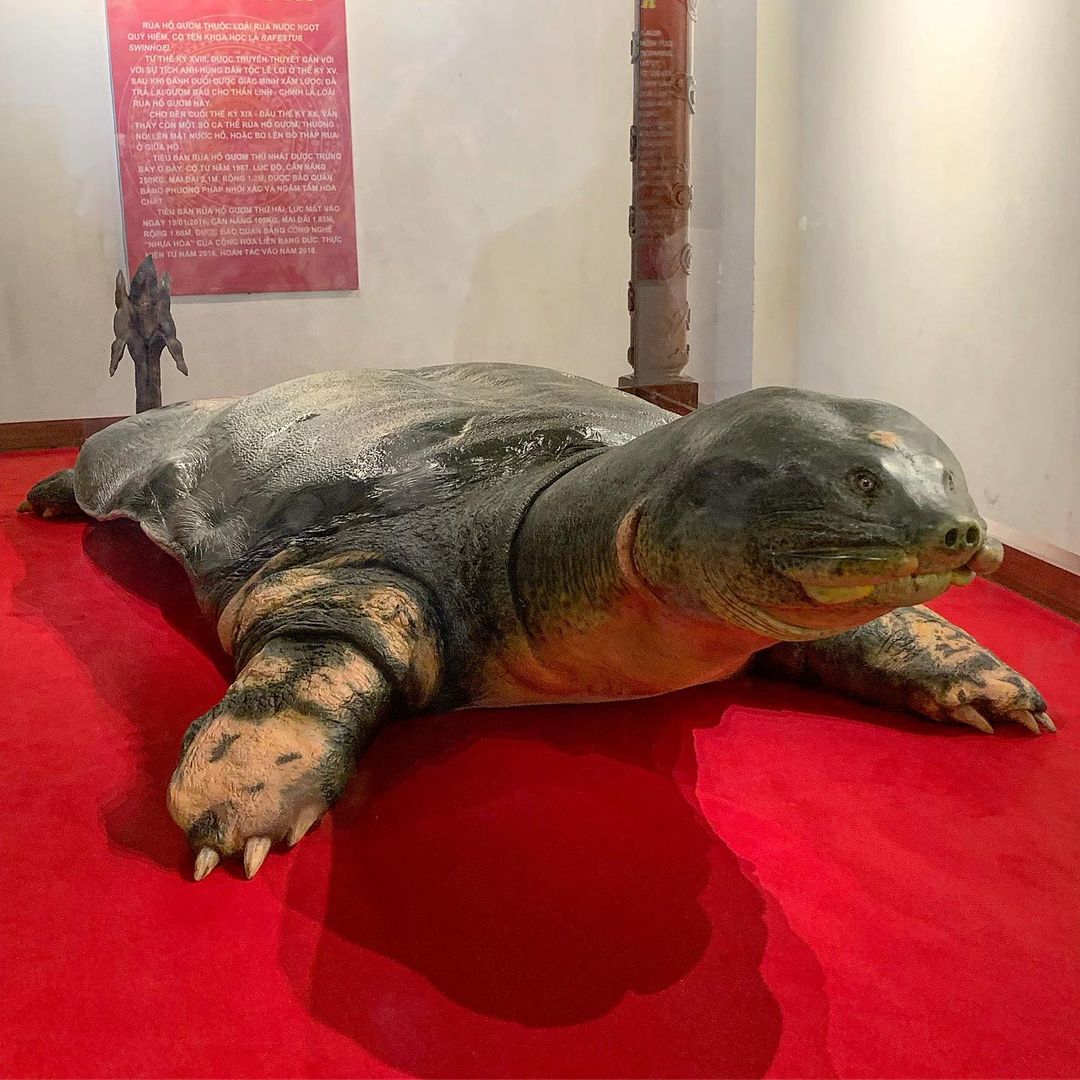
A mummified carcass of a turtle preserved in Ngọc Sơn Temple next to Hoàn Kiếm Lake
Image credit: @truongnguyen56
Due to the popularity of this legend, generations of Hanoians have come to believe that the turtles of Hoàn Kiếm Lake are sacred. Many even refer to them as “cụ rùa”, or “elder turtles”, to show reverence.
8. The legend of Cuội – a major figure of the Mid-Autumn Festival

A man dressing up as Cuội to entertain children during the Mid-Autumn Festival
Image credit: Playtime Lotte Mart Phan Thiết
A major festival of Vietnam, the Mid-Autumn Festival is when children and adults alike celebrate the full moon. Cuội is a mythical character who plays a central role in the lore.
Cuội was but a humble lumberjack until he encountered a strange tree capable of incredible healing powers. A village elder warned that the tree must always be watered with pure water, or else it’d return to heaven.
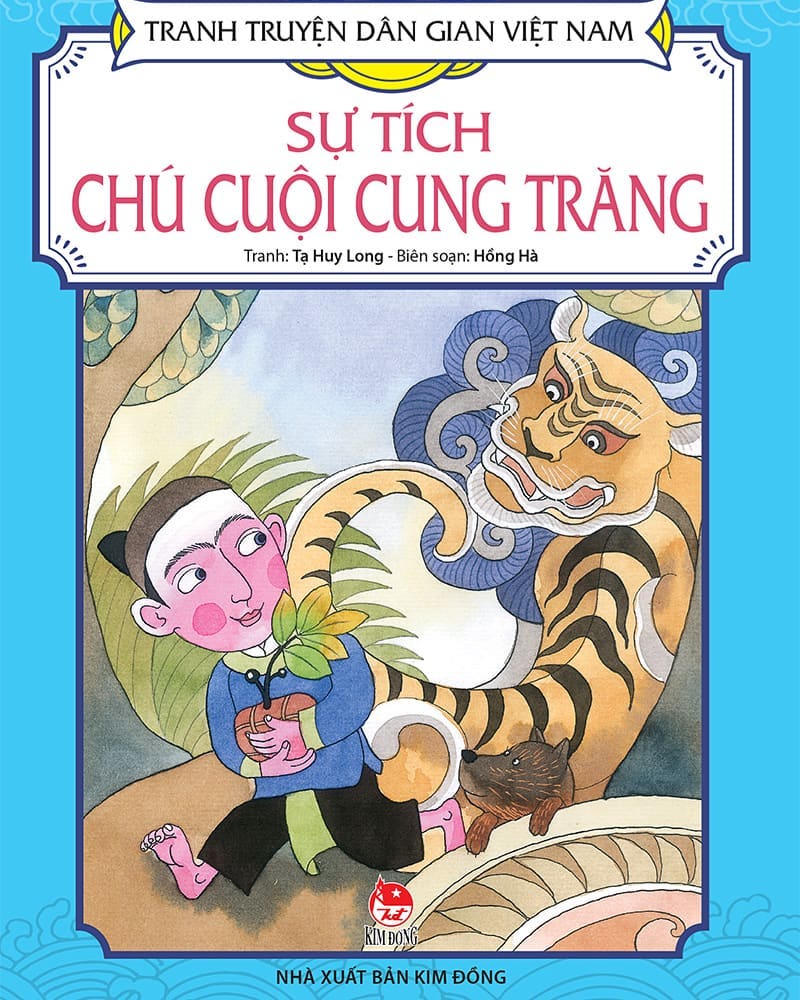
A printed copy of Cuội’s story
Image credit: @myaziatbox
Cuội healed many people with the sacred tree, but that put him on the blacklist of local bandits, as he revived many of their victims.
The bandits waited until Cuội was out, before sneaking into his house to murder his wife. They cruelly removed her intestines so she couldn’t digest the healing leaves. Cuội’s loyal dog offered its own intestines as a replacement, so the man could revive his wife.
That said, the replacement left his wife with some unwanted canine characteristics, such as the need to relieve herself at undesirable spots.
One day, that undesirable spot happened to be the roots of the sacred tree. Just as the elder had warned, it uprooted itself and began to ascend toward the skies.
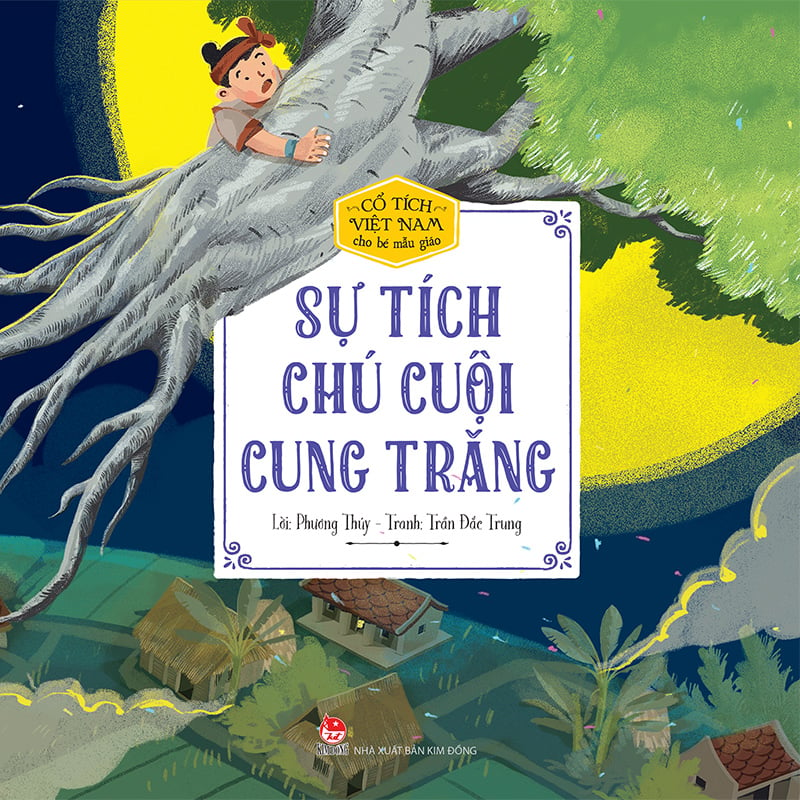
Image credit: NXB Kim Đồng
Cuội desperately clung to the tree to hold it down, but to no avail. Eventually, the tree brought him all the way to the moon. Today, if you look closely at the full moon, you can see dark patterns that look like a big tree with a figure curled up at its base.
Legends all Vietnamese people learn at a young age
Some of these Vietnamese legends are our forefathers’ interpretations of natural phenomena, while others stem from real events in history that shaped Vietnam into what it is today.
Regardless, they are a valuable part of our culture that anyone who loves our beautiful country should know about.
For more things Vietnamese, check out:
- Vietnamese wedding traditions
- Vietnamese Tết traditions
- 8 traditional festivals in Vietnam
- 8 ways Tết is celebrated differently between northern & southern Vietnam
- 9 childhood manga & comics we grew up reading
Cover image adapted from Dân Trí and Pháp Luật Online
